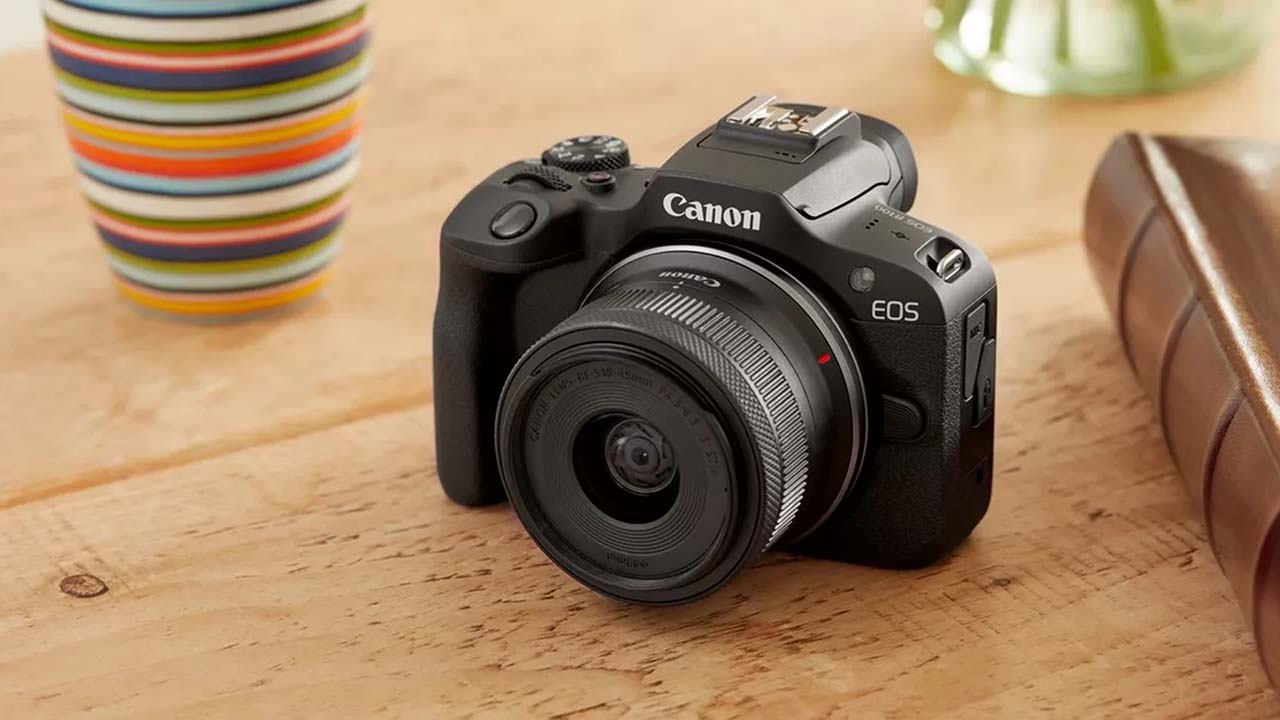
It is often said that the smartphone has killed the market for dedicated cameras across the board. However, new sales figures suggest otherwise.
For a few years now, it has been held that the camera market is in decline, thanks to the increasing quality and convenience of smartphones. New figures from Nikkei Asia suggest that sales of mirrorless cameras are booming, thanks to a combination of an uptick in the tourism market, and cameras with features that far out perform those on current smartphones.
The figures are impressive. The Camera & Imaging Products Association in Japan reported that year-on-year sales of mirrorless cameras are up 20% to $17 billion in the first half of 2023, which marks a record breaking high for the third year in a row.
Much of the sales drive comes from China and Japan, with sales increases of 44% and 30% respectively, while Europe is quite a way behind on 9%. Tourism appears to be the main factor driving these increases, with the the first quarter of 2023 showing a year-on-year increase of double what it was last year.
Previously, the bulk of mirrorless cameras prevented many people from choosing to take them on their travels, but newer, smaller and lighter models have been coming onto the market, making them much more convenient. Add to this mix new AI functionality that makes even advanced models of camera easy for beginners to use, and it's easy to see why they have become a more attractive option.
Smartphones are no longer the consumer camera champion
In contrast, global shipments of smartphones are down 11%, representing the second consecutive year of downturn in that market. At one time, smartphones packed image enhancing features that left more advanced cameras behind, making them much more user friendly for beginners. However, the technology in smartphones has been lagging behind as mirrorless camera manufacturers pack in features such as ultra-fast AI based focus systems that can identify people, animals, vehicles and the like. It could also be that consumers are recognising the versatility of much more varied zoom ranges, allowing a better variety of shots to be captured more easily.
Of course, it goes without saying that the biggest growth comes from the entry-level market. But, it bodes well for the mirrorless camera industry as a whole, which had been in a bit of a slump for a while. The big question is how sales of entry-level DSLRs have been affected. Previously, Nikon had announced that it would no longer be making any flagship DSLRs, but that it would continue to make entry-level versions. With weight being a considered factor in consumers decision making, could this spell the true end of the DSLR?
H/T Petapixel
Tags: Production Cameras


Comments